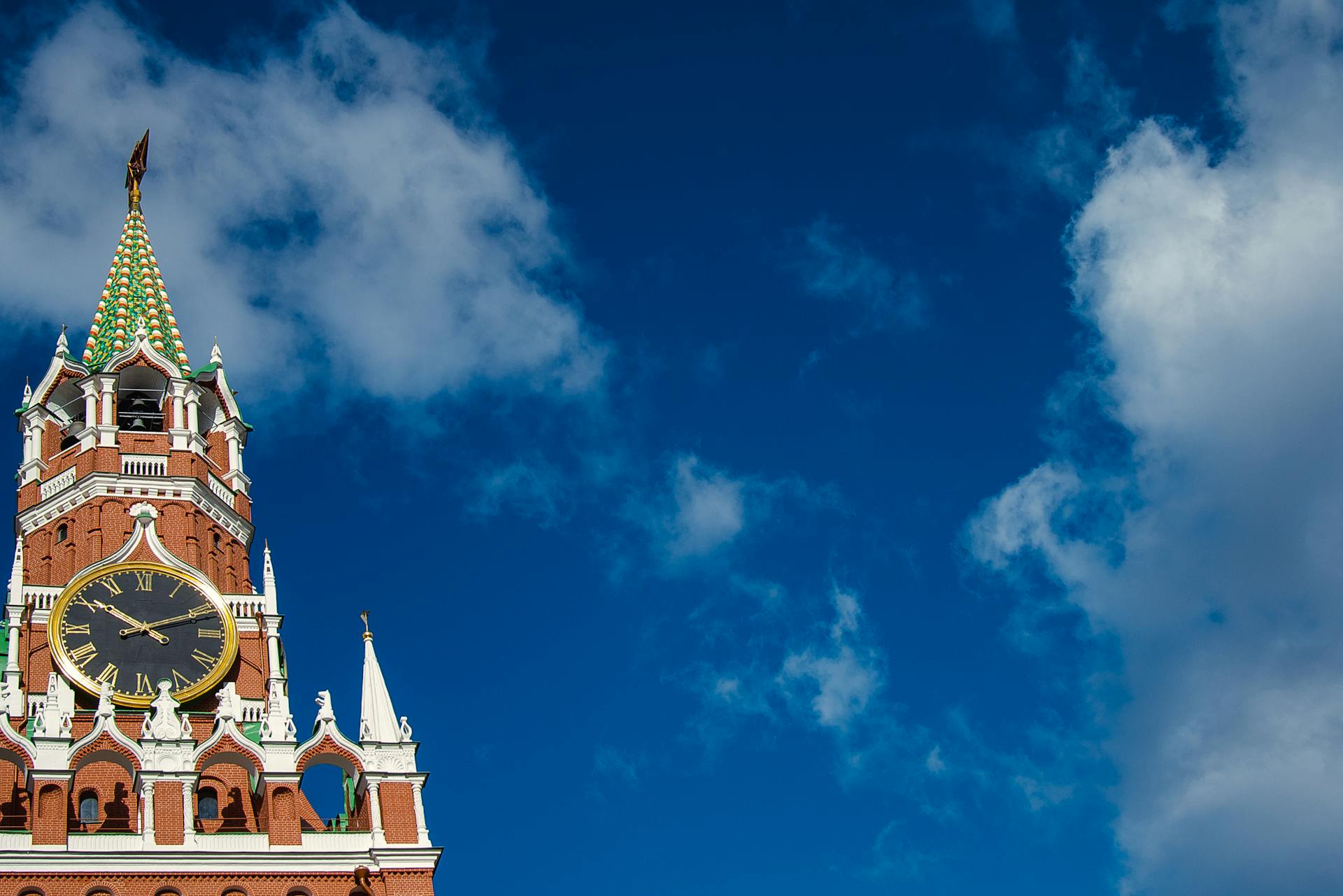Africa and America, on the other hand, just encompass a tiny fraction of the same geographical area. This is an area defined by a deep historical context, a multiple-layered society, and a crucial impact in the worldwide framework. The enormous unspoiled nature of Siberia stands in sharp contrast to the active city life of its towns, revealing a remarkable distinction between historic traditions and today’s innovations. Russia highlights its unique cultural heritage, a convoluted history, and a developing future through the internationally praised cities of Moscow and Saint Petersburg, as well as the less known cities of Kazan, Vladivostok, and Sochi. Exploring Russia’s urban environments takes us on a journey into history, illustrating the splendors of empire, the robustness of Soviet spirit, alongside today’s ambitions.
Moscow: The Heart of Russia
At the heart of Russia is the capital city Moscow, which governs both politically and economically, as well as culturally. Being over 800 years old, Moscow is central to the development of the nation because of its chronology that reflects both Tsarist and Soviet times and those of the modern Russian Federation. In Moscow, the Kremlin is the headlining sight that illustrates the principal foundation of the government, bringing together palaces, cathedrals, and museums. The famous Red Square is the symbol of the main core of Russia, which has turned over the years into a historical site.
One end of Red Square features St. Basil’s Cathedral proudly, a gorgeous architectural creation ordered by Ivan the Terrible in the 16th century. Currently, Moscow showcases its historical cultural importance by utilizing the Bolshoi Theatre as one of the top opera and ballet stages around the world. What makes the Moscow metro system unique is largely its chandeliers, mosaics, and ornate sculptures, which give many stations an appearance like that of subterranean palaces.
Moscow is a city of the present, with skyscrapers like those in the Moscow City business district in stark opposition to its historically significant architectural core. As the largest city in Russia, Moscow supports more than 12 million people and cultivates a cosmopolitan scene that reflects the collaboration of old and new as well as East and West.
Saint Petersburg: Russia’s Cultural Capital
Chiefly known as Russia’s ‘Window to the West,’ Saint Petersburg was developed in 1703 by Tsar Peter the Great. An interest in designing the city according to European standards facilitated a powerful and refined city that took on the role of the imperial capital for over 200 years. Valued as a cultural capital in Russia today, Saint Petersburg radiates with its striking architecture, a host of museums and theaters, and a wealth of landmark history.
The luxurious Winter Palace is home to what is arguably one of the city’s greatest attractions, the Hermitage Museum. Featuring one of the largest and most important art collections on the globe, the museum has more than three million works that include art by Leonardo da Vinci, Rembrandt, and Michelangelo. The romantic and grand atmosphere in the city stems from its famous Church of the Savior on Spilled Blood as well as from its palaces and canals.
Due to its famous White Nights, Saint Petersburg undergoes a magical phenomenon in summer, enjoying beautiful and mystical light because there is little sunset. Now is the ideal moment for festivals, music events, and boat tours to bring life to the city streets, giving you a wonderful chance to immerse yourself in the local culture.
Kazan: Where East Meets West
Being on the Volga River, Kazan takes on the role as the capital of the Republic of Tatarstan and is seen as one of Russia’s culturally varied cities. The particular combination of Russian Orthodox Christianity and Islam in the city is clear through its architecture, where mosques and Orthodox churches are adjacent to one another. As a UNESCO World Heritage Site, the Kazan Kremlin is the key defining aspect of the city, linking the stunning Qol Sharif Mosque with the Annunciation Cathedral while also recognizing its heritage of religious coexistence and its bustling culture fusion.
For over 1,000 years, Kazan has been a city, making it one of the most ancient found in Russia. Tatar, Russian, and European influences have created a fusion point. With the organization of events including the 2018 FIFA World Cup and the Universiade, the city plays an important role in sports.
Besides being rich in history and culture, Kazan is an animated modern municipality with a growing economy, which depends on industries such as energy, manufacturing, and IT. Universities in the area are among the top in Russia, bringing students from every corner of the world.
Vladivostok: Russia’s Gateway to the East
Found on Russia’s eastern coast, near where China and North Korea meet, is the city of Vladivostok. It is Russia’s biggest city in the Far East and provides important links to the Asia-Pacific region. Noted for its beautiful desolation, Vladivostok is an excessively crowded harbor town that greatly contributes to Russia’s navy and trade projects.
What defines the city is Golden Horn Bay, crossed by the Golden Bridge; this extraordinary suspension bridge has come to illustrate the transformation of Vladivostok. The city benefits from its proximity to the Pacific Ocean, as its climate is more moderate than that of much of Siberia, and its coastal site turns it into a hub for seafood, shipping, and naval pursuits.
Over the past few years, Vladivostok has received more tourists, displaying attractions including Russky Island, the Vladivostok Fortress, and the Russian Island Bridge, which now ranks among the longest cable-stayed bridges internationally.

